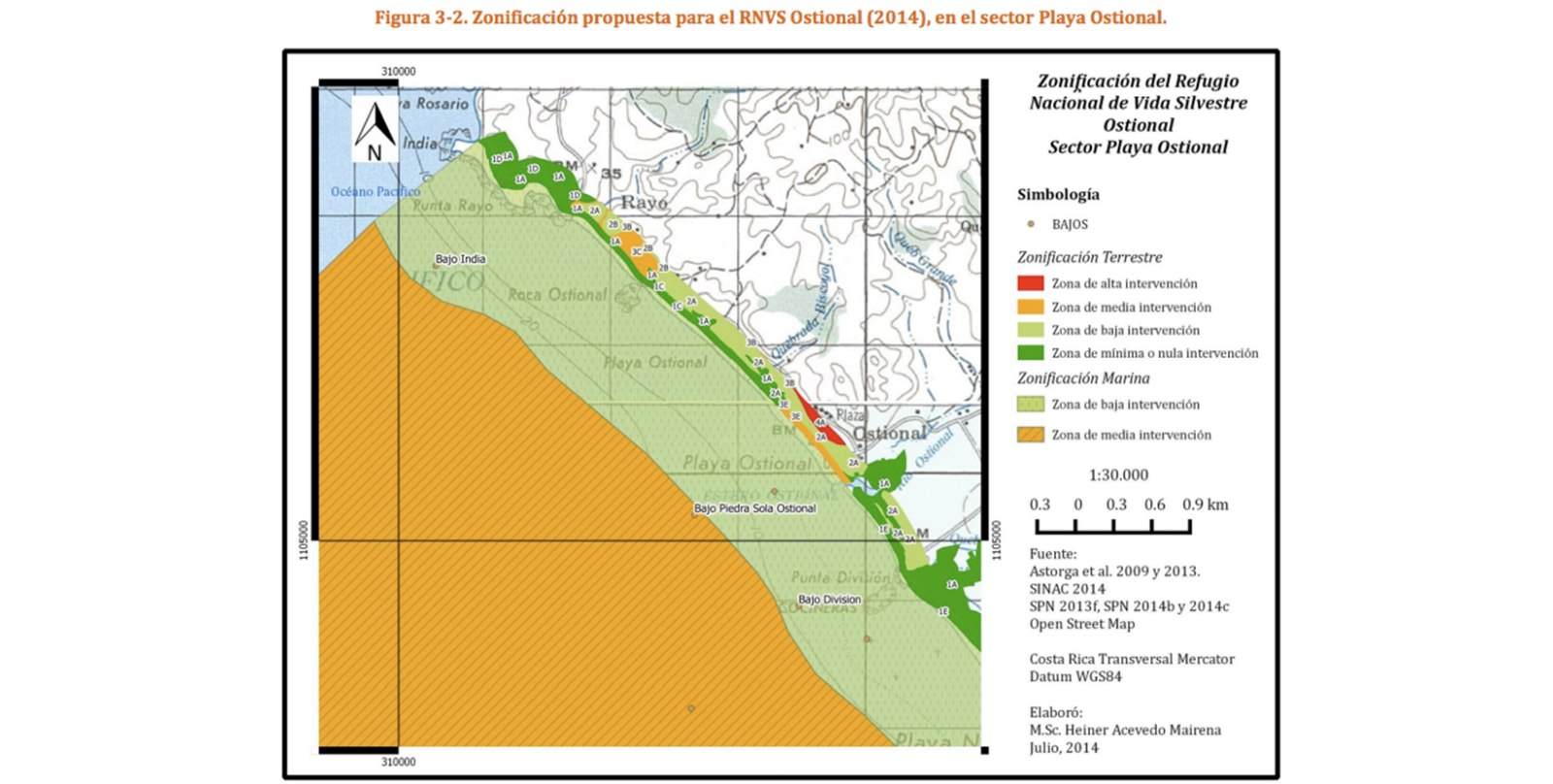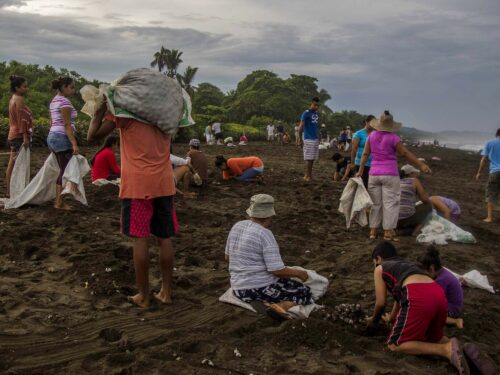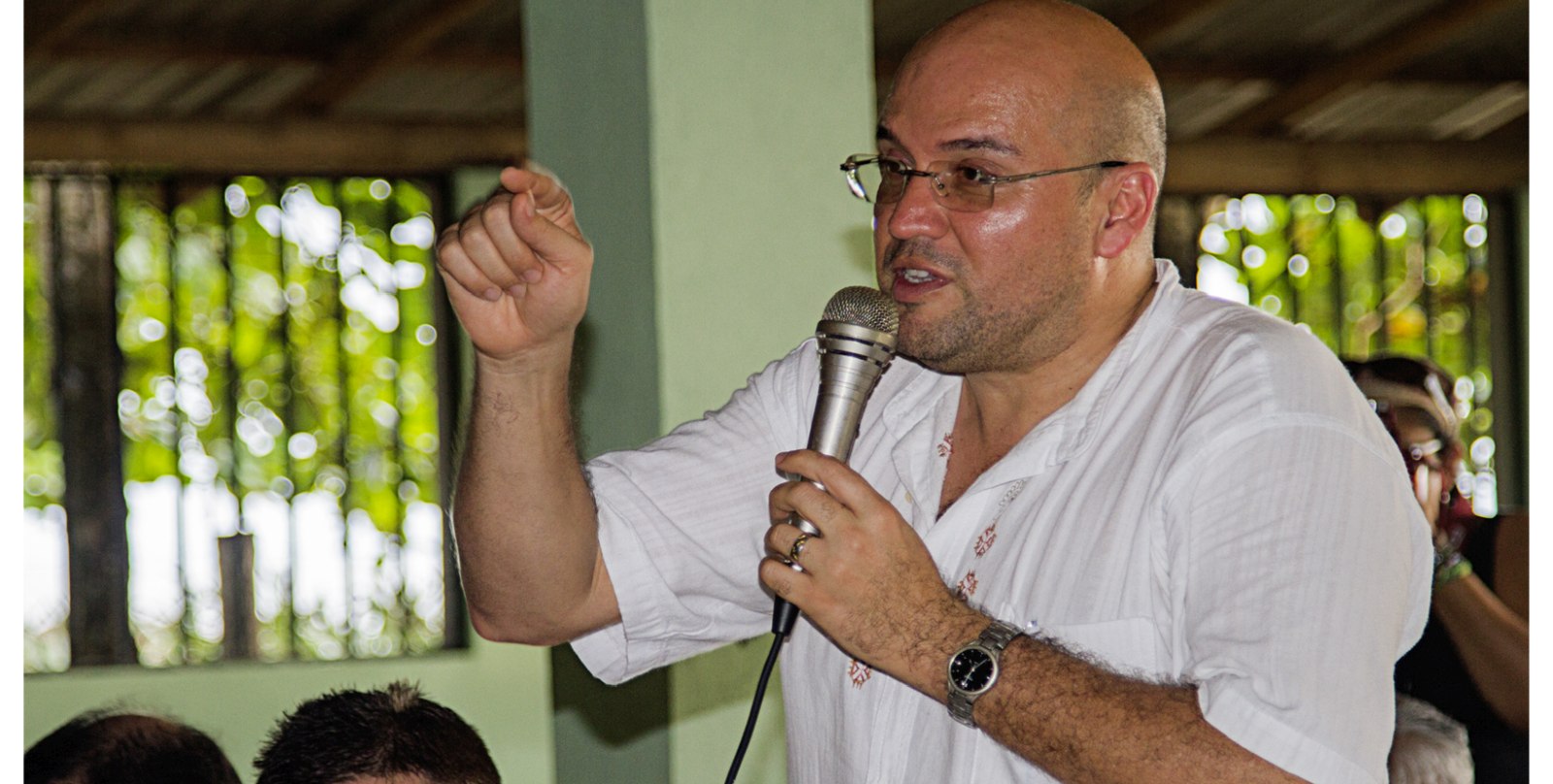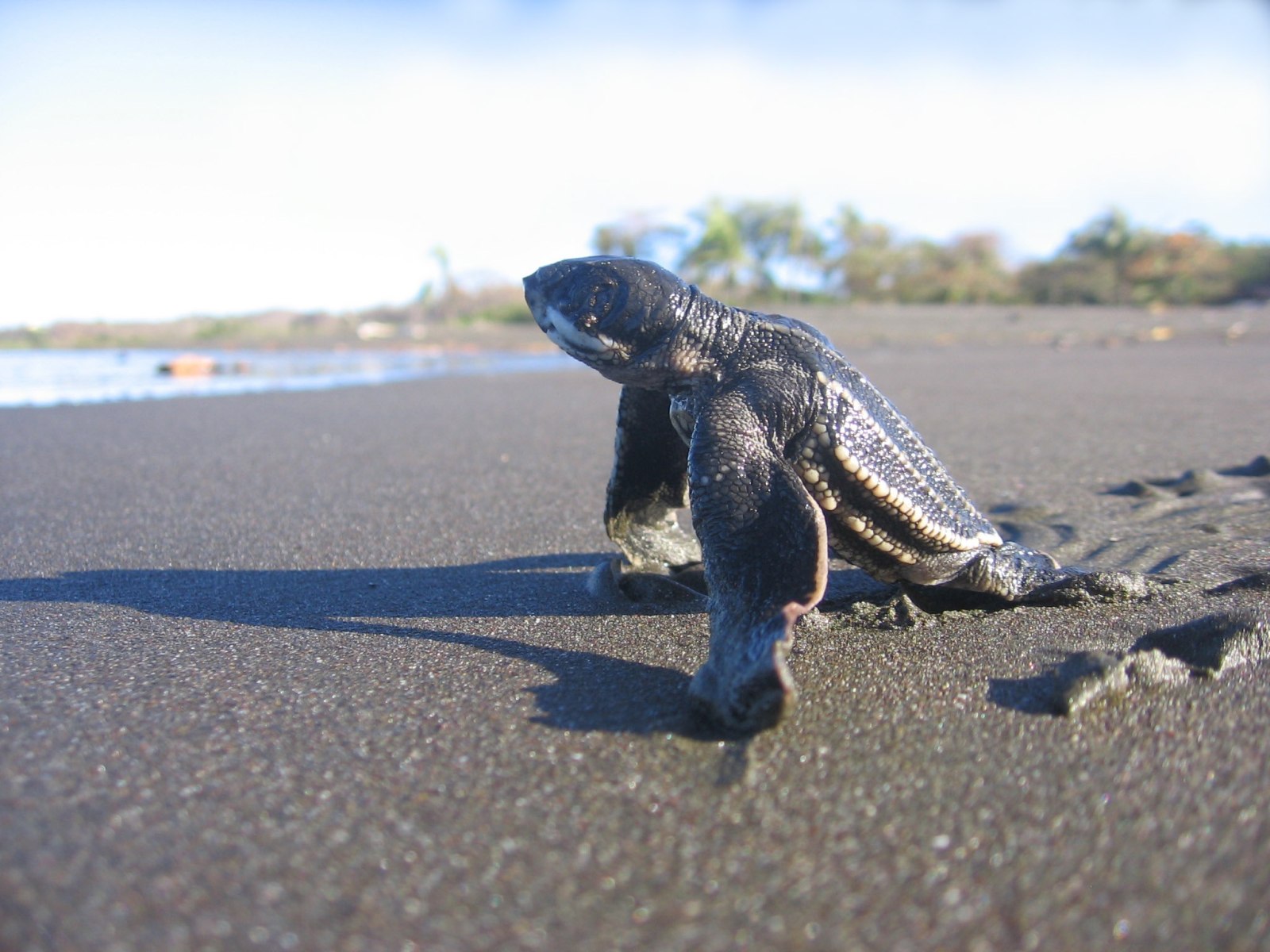
“Existing communities [in the Ostional Refuge] are consistent with the principles of conservation,”
states the General Management Plan for the Ostional National Wildlife Refuge, presented by the National System of Conservation Areas (SINAC – Sistema Nacional de Areas de Conservacion). The plan establishes the areas of the refuge that can host human communities.
The plan was presented to the communities of Pelada, Guiones Sur and Ostional on October 8, 9 and 10, respectively. Currently, several families from the three communities are living within the refuge.
Norma Rodriguez, director of protected zones for the Tempisque Conservation Area (ACT – Area de Conservacion Tempisque), explained that the plan demonstrates that existing communities are not having a negative impact on the refuge.
“This management plan does not open the door for new people, but we are defending current usage. The management plan supports that existing communities are consistent with the principles of conservation, which is to say, actions that they have taken up until now have been positive for conservation,” said Rodriguez.
According to regulations of the Biodiversity Law, a management plan is the set of rules for a refuge and is the planning tool used to guide its conservation for a period of ten years.
The proposal includes a map in which areas of the refuge are categorized by colors ranging from green to red. Green marks a place that should not have any human impact, while red points show where people can live.
Communities such as Ostional are mapped as areas with high intervention (marked in red), which allows for permanent urban centers and the development of service centers.
Other places, such as Pelada and Guiones Sur, are categorized as medium intervention (marked with orange), which allows them to remain while including a series of rules for water and waste management, in addition to the preservation of green zones and native species.
For her part, Magdalena Vega, president of the Ostional Development Association (ADIO – Asociacion de Desarrollo Integral de Ostional), stated that the project will facilitate the approval of the Ostional Refuge Constitution in Coastal Territory bill.
“For us, this management plan provides more strength for the Ostional Law. These components are needed to be included in the law, just like the technical study that the Constitutional Court requested, which will be completed soon. Thanks to God, this is proceeding and people are satisfied,” commented Vega.
The Ostional Refuge Constitution in Coastal Territory bill emerged after the Constitutional Court declared the Coastal Communities Territories bill (TECOCOS – Ley de Territorios Costeros Comunitarios) unconstitutional due to the lack of technical studies analyzing the possibility of reduced protection for the environment in the Ostional Wildlife Refuge.
The bill will benefit more than 50 families in communities that have lived and used the country’s coasts and islands. According to the bill, legislation is urgently needed to guarantee the psychological, anthropological, historical, socioeconomic and cultural rights of the native communities located in coastal territories.
The creators and promoters of TECOCOS decided to remove Ostional from the bill in November of 2013 to create a separate bill, hoping to avoid delaying approval for TECOCOS.
According to Gusatov Villalobos, SINAC’s legal advisor, in order for the management plan to be approved, it must be approved by the Regional and National Councils of Conservation Areas (CONAC – Consejo Nacional de Areas de Conservacion).







Comments